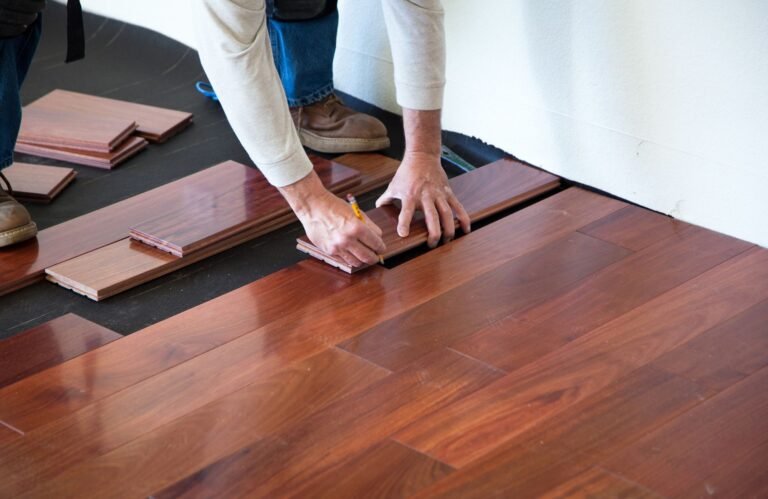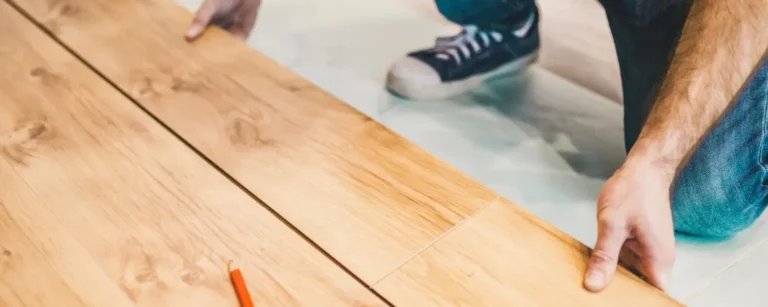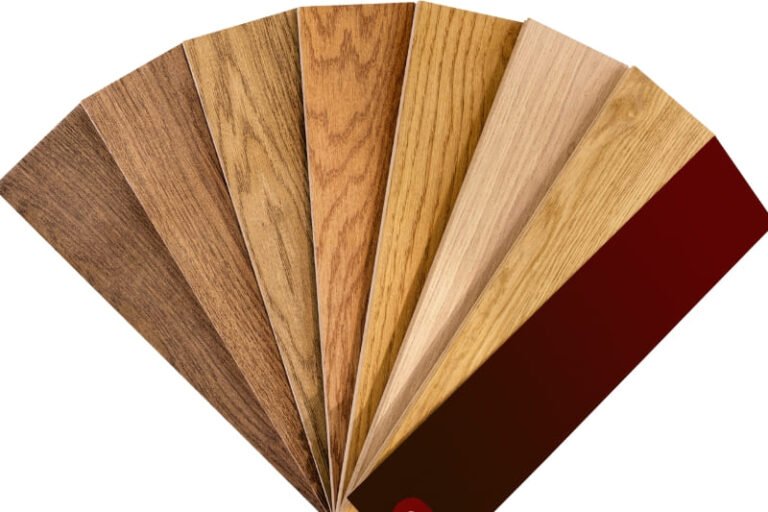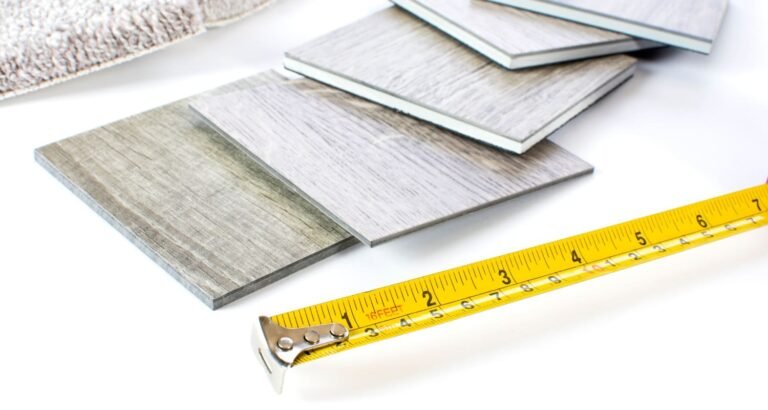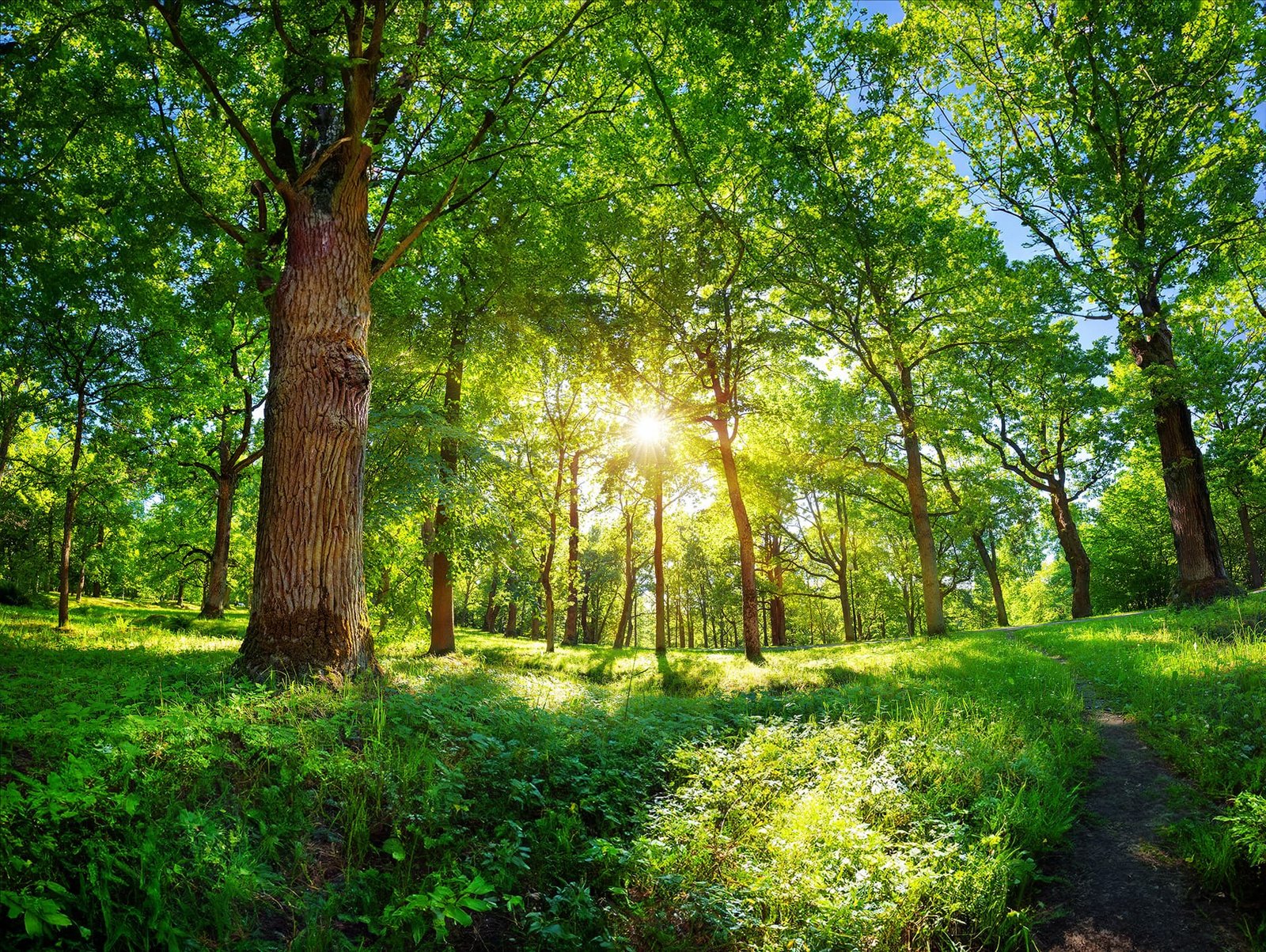White Oak vs Maple Flooring: Which Wood Flooring Should You Choose?
Are you renovating your home or selecting flooring for a new project? Choosing the right wood flooring is a crucial decision that impacts the aesthetics and functionality of your space. In this guide, we compare white oak vs maple flooring to help you make an informed choice that suits your needs and style perfectly
Understanding White Oak Flooring
White oak flooring is renowned for its durability and timeless charm. Ideal for bustling family homes, it easily handles high traffic and resists moisture, making it a top pick for kitchens and bathrooms. Its distinctive grain patterns and warm color spectrum blend seamlessly into any design scheme.

Characteristics of White Oak
Grain Patterns
The grain of white oak can vary from straight to wavy, offering a unique texture that adds depth and character to any room.
Color Variations
White oak’s natural hues are versatile, from sandy beiges to golden browns. Staining can deepen these tones, aligning perfectly with your home’s aesthetic.
Hardness and Durability
With a Janka rating of 1360, white oak is durable enough to resist the wear and tear of daily life and maintain its beauty over time.
Pros of Oak Flooring
Durability
Oak flooring is remarkably durable, handling heavy traffic without significant wear. This ability makes it ideal for busy homes and commercial spaces.
Resistance to Decay and Rot
White oak’s dense grain structure resists decay, making it suitable for moisture-prone areas. It ensures floors maintain beauty and integrity over time.
Dimensional Stability
Oak flooring is dimensionally stable and less prone to expansion/contraction than other woods. It prevents warping or gapping, maintaining a smooth surface.
Aesthetic Appeal
Oak flooring offers a timeless aesthetic that can enhance any interior design. Its natural grain patterns and color variations provide a classic and elegant look.
Cons of Oak Flooring
Weight
One downside of oak flooring is its weight. Oak is a dense hardwood, which makes it heavier than other flooring options. It can make installation more challenging and require additional structural support in some buildings.
Cost
While oak flooring offers many benefits, it can be more expensive than other types of wood. The cost of oak is often higher due to its durability and aesthetic appeal.
Difficulty in Staining
Although oak can be stained to achieve a range of colors, getting the exact shade can take time and effort. The dense grain can lead to uneven staining if not done correctly.
Hardness
While oak’s hardness is generally a positive feature, it can also be a drawback. The same hardness that makes oak durable makes it less comfortable to stand on it for long periods.
Maple Flooring: A Detailed Look
Maple flooring stands out for its fine grain and consistent color. It offers a lighter, more contemporary style. The flooring is equally strong, scoring 1450 on the Janka scale, which makes it excellent for areas with significant foot traffic, from busy family rooms to commercial spaces.

Characteristics of Maple Wood
Grain Patterns
Maple’s grain is generally straight, providing a smooth, consistent, modern, elegant appearance. The fine grain creates a calm and uncluttered ambiance in your home.

Color Variations
Maple’s natural color palette ranges from almost white to a pale golden. Its subtle color helps reflect light, making rooms seem larger and more open.
Hardness and Durability
Maple flooring’s high Janka rating means it is beautiful and incredibly resistant to dents and scratches. It can withstand daily wear and tear, maintaining its appearance for many years.
Pros of Maple Flooring
Strength and Durability
Maple flooring is renowned for its strength and durability, making it an excellent choice for high-traffic areas. Its dense grain structure allows it to withstand heavy traffic.
Resistance to Dents and Scratches
Maple’s hardness also makes it highly resistant to dents and scratches, providing a resilient surface. This durability makes maple flooring suitable for households with children, pets, or frequent entertaining.
Versatile Aesthetic Appeal
Maple flooring offers a versatile aesthetic appeal that matches various interior design styles. Its light color and smooth grain pattern create a clean and modern look.
Cons of Maple Flooring
Higher Cost Compared to Birch
One drawback of maple flooring is its higher cost. Maple’s superior strength, durability and aesthetic qualities increase the price tag.
Prone to Yellowing Over Time
Maple can yellow or darken over time, especially with sun exposure. It adds character, but some prefer maple’s original light tone.
Requires Regular Maintenance
Maple flooring requires regular sweeping/vacuuming, occasional damp mopping and periodic refinishing to maintain its appearance and protection.
Detailed Comparison: White Oak vs Maple
Appearance and Aesthetic Qualities
White oak flooring has distinctive grain patterns and color options from light beige to rich gold, making it versatile for various design styles.
Maple flooring has a smooth, uniform grain for a sleek, contemporary look. Its light colors brighten spaces, but its dense grain makes darker stains difficult. Maple’s fine, consistent grain suits minimalist and modern designs.
Durability and Longevity
White oak is highly durable and resistant to wear, making it suitable for high-traffic areas. Its hardness and dense grain resist scratches, dents and moisture, making it a practical choice for kitchens and bathrooms.
Maple is a durable, hardwearing flooring option. It is resistant to dents and scratches but requires sealing to prevent moisture issues. Its strength and wear resistance make it a lasting, beautiful choice.
Cost Considerations
White oak flooring is moderately priced, balancing cost and durability. It’s more expensive than softer woods, but its longevity makes it worthwhile. Prices vary based on wood grade and finishes.
Maple flooring often has a higher price tag because of its fine grain and consistent appearance. Like white oak, the price of maple can fluctuate depending on the grade and any custom staining or finishes.
Estimate the cost of hardwood flooring by reading our other blog, “Decoding Costs: How Much Does Engineered Hardwood Flooring Cost?“
Maintenance Requirements
White oak flooring is easy to maintain. Regular sweeping/vacuuming and occasional damp cloth mopping with hardwood cleaner keep it looking its best. Its moisture resistance makes it less prone to water damage, but prompt spill cleanup is still important.
Maple flooring requires regular upkeep. Routine sweeping/vacuuming and occasional damp mopping help keep it clean. Due to slight moisture susceptibility, keeping maple well-sealed and cleaning spills immediately is crucial.

Learn to clean and maintain your hardwood flooring in our other blog, “How To Clean Engineered Hardwood Floors?“
Installation and Finishing Options
White oak has flexible installation and finish options, from nailing/gluing to floating floors. Finishes range from natural oils to polyurethane, enabling customization of the wood’s natural beauty or color.
Maple flooring offers flexible installation options but works best with professional installation due to its hardness. You can finish it clear to showcase its natural look or apply stain, although its dense grain makes staining challenging.
Learn the various installation option for engineered hardwood flooring in our other blog, “Engineered Hardwood Flooring Installation Made Easy“
Environmental Impact and Sustainability
White oak is a responsibly sourced, sustainable flooring choice. Its fast-growing trees make it renewable and suppliers use sustainable practices to minimize environmental impact.
Maple flooring is a sustainable option. It is abundant in North America and has healthy supplies ensured by sustainable harvesting practices.
Regional Availability and Sourcing
White oak is abundant in the eastern US, making it easy to source with lower costs and environmental impact. Its wide availability offers homeowners various choices in grades and finishes.
Maple is widely available in North America, especially in the northeast US and Canada. It ensures accessibility and local sourcing, reducing costs and environmental impact.
Redefine Your Home’s Style with High-Quality White Oak or Maple Flooring!
Choosing between white oak and maple depends on your needs — whether you prioritize durability, aesthetic versatility or the feel underfoot. Oak flooring is durable, with diverse grain patterns and moisture resistance, and is ideal for high-traffic and humid areas. Maple offers a sleek, modern look and is very durable but requires specific maintenance to prevent damage and discoloration. Choose based on your preferences and needs.
Villagio Wood Floors, California-based, offers high-quality engineered hardwood flooring, including oak and maple options. Our extensive sustainable range caters to retailers and individuals alike. We provide expert advice and exceptional service, ensuring you find the perfect flooring.
White Oak vs Maple: FAQs
Is maple or white oak better for flooring?
Choosing between maple and white oak for flooring hinges on your room’s needs and style preference: white oak for durability and versatility, maple for a modern look and scratch resistance.
Are white oak floors timeless or trendy?
White oak floors are considered timeless. Their classic grain patterns and natural color variations offer a traditional look.
Which type of flooring is more eco-friendly?
Maple and white oak come from sustainably managed forests in North America, making them eco-friendly options. However, the supplier’s specific practices can influence the environmental impact.
What color floors never go out of style?
Natural wood tones such as light oak, warm honey and rich browns never go out of style and blend well with various decor choices.
How do white oak and maple floors react to climate variations?
White oak’s dimensional stability means it copes well with changes in humidity and temperature, making it less likely to warp. While also stable, Maple requires more careful sealing to prevent moisture penetration.
Does white oak scratch easily?
No! White oak doesn’t scratch easily. Thanks to its durability and resistance, white oak is ideal for high-traffic areas and homes with pets.
Can I refinish either wood?
Yes! You can sand and refinish both white oak and maple several times throughout their lifetimes. This process can restore their original splendor and adapt the finish to changing home decor styles.


